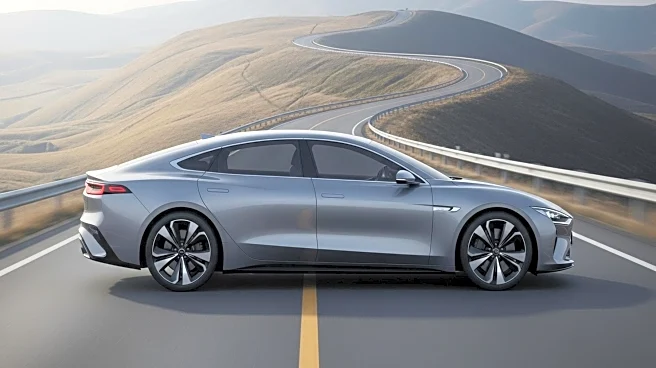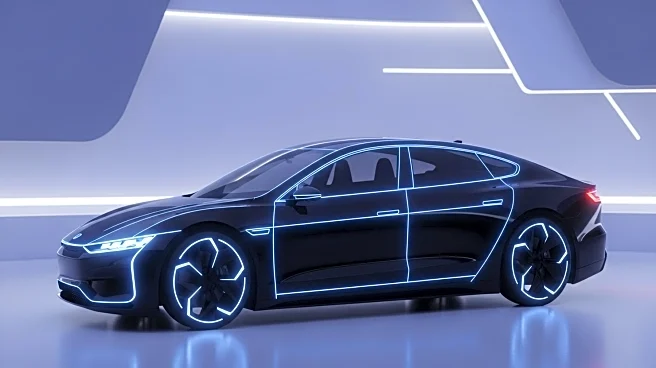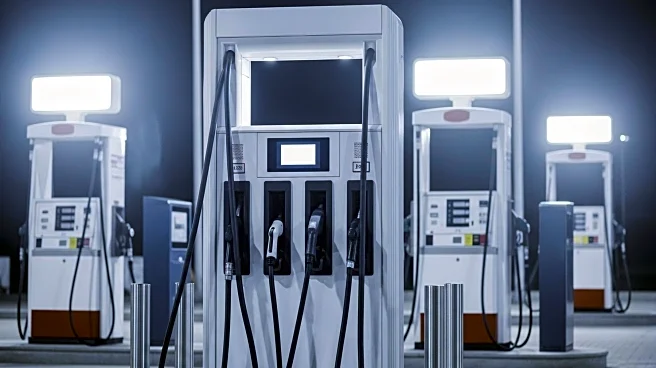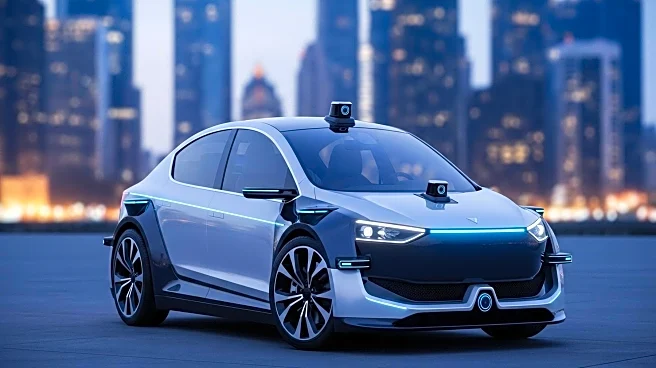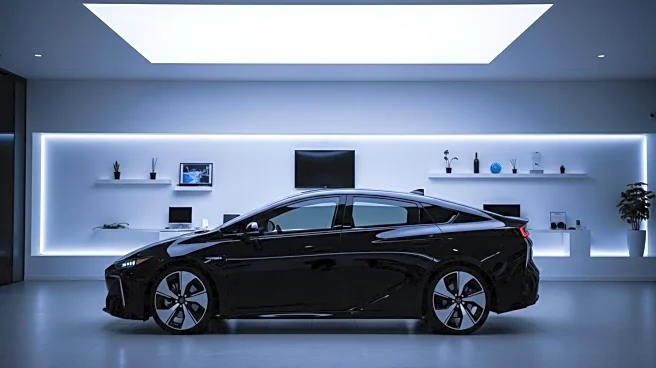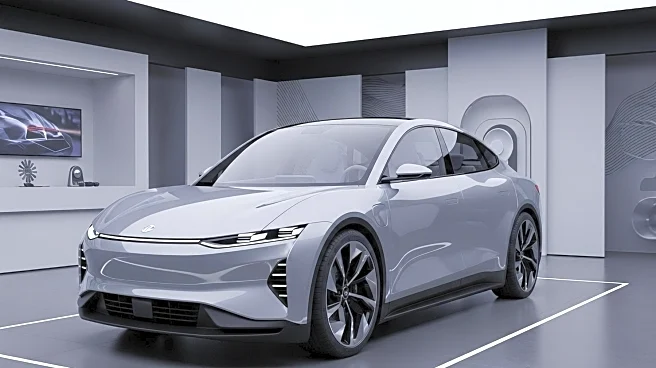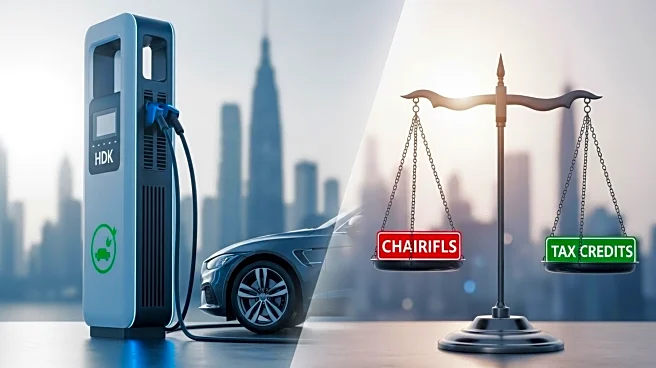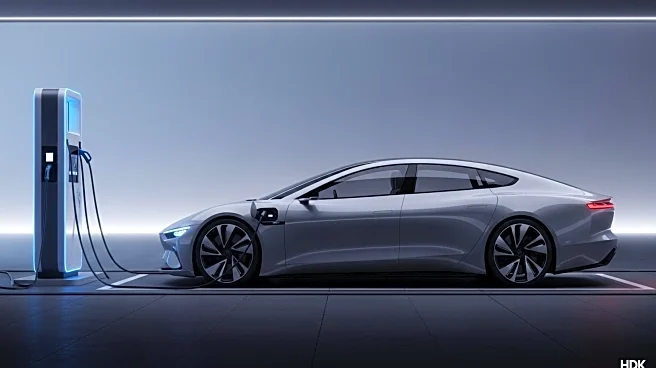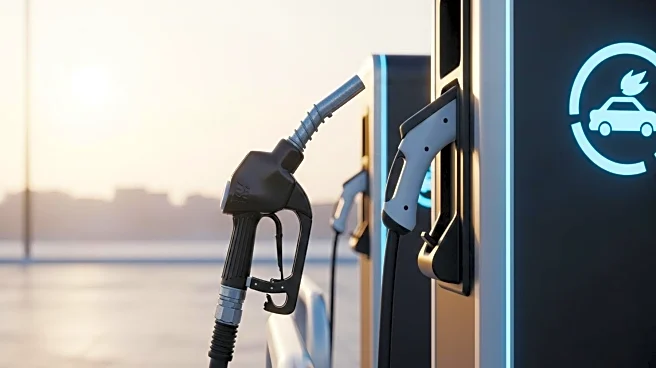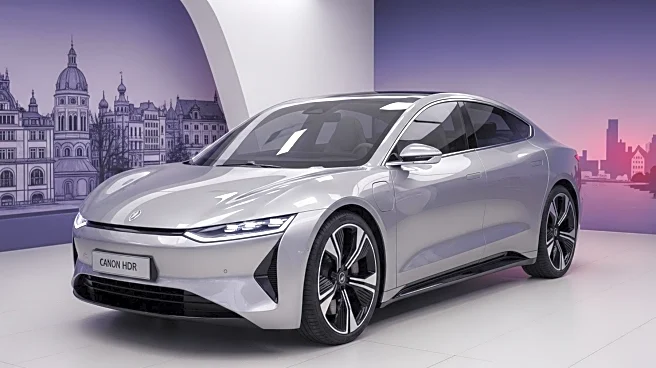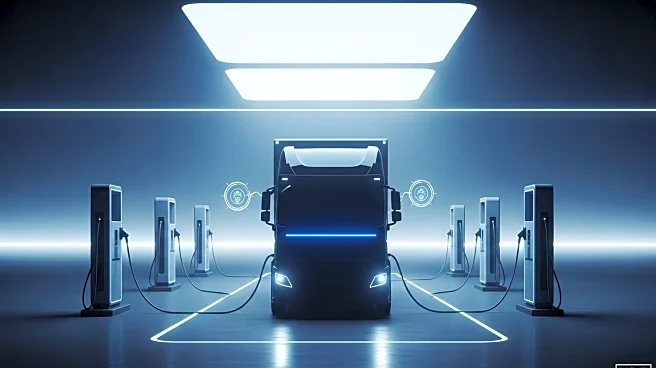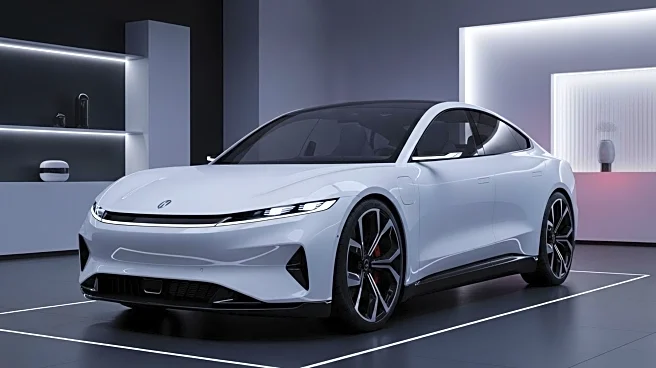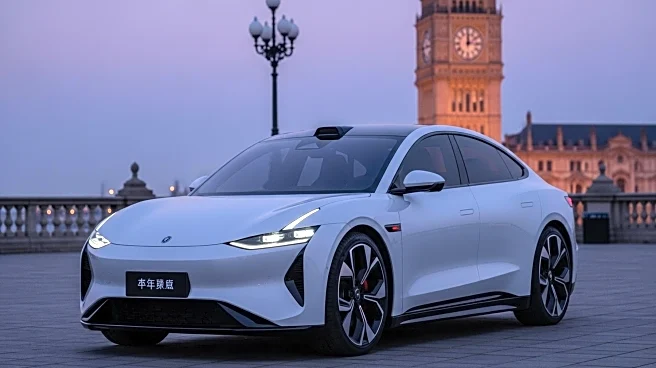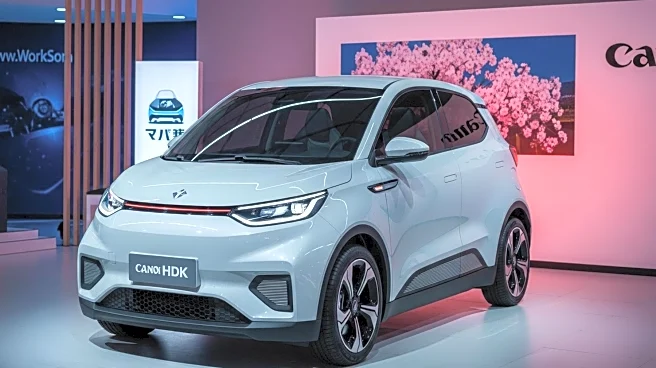What is the story about?
What's Happening?
Plug-in hybrid vehicles are gaining attention as a transitional option for drivers hesitant to fully commit to electric vehicles. These hybrids offer a combination of battery power and gasoline, allowing drivers to experience electric driving while maintaining the security of a gas engine backup. Automotive expert Amelia Dalgaard describes plug-in hybrids as a 'gateway drug' to electric vehicles, addressing range anxiety concerns. Unlike traditional hybrids, plug-in hybrids have larger batteries that can support a fully electric driving range of 20 to 30 miles, requiring external charging to fully recharge. This dual-fuel system provides flexibility but also demands more effort from drivers, who must manage both charging and refueling. Dalgaard advises potential buyers to consider their access to charging stations, driving needs, and available financial incentives before purchasing a plug-in hybrid.
Why It's Important?
The rise of plug-in hybrids represents a significant shift in the automotive industry, offering a compromise for consumers wary of fully electric vehicles. This technology can help reduce reliance on fossil fuels and lower emissions, contributing to environmental goals. However, the dual-fuel system may deter some consumers due to the added complexity of managing both fuel types. Financial incentives from the federal government and states can make these vehicles more accessible, although these incentives are set to expire soon. The decision to adopt plug-in hybrids can impact consumer behavior, potentially accelerating the transition to fully electric vehicles as drivers become more comfortable with electric driving.
What's Next?
As the federal incentive for electric vehicles, including plug-in hybrids, is expiring this year, consumers may rush to take advantage of these discounts. Automakers are likely to continue expanding their plug-in hybrid offerings, providing more options for consumers. The automotive industry may see increased investment in charging infrastructure to support the growing number of plug-in hybrids and electric vehicles. Additionally, as consumers become more familiar with electric driving, there may be a gradual shift towards fully electric vehicles, influencing future automotive trends and policies.
AI Generated Content
Do you find this article useful?
